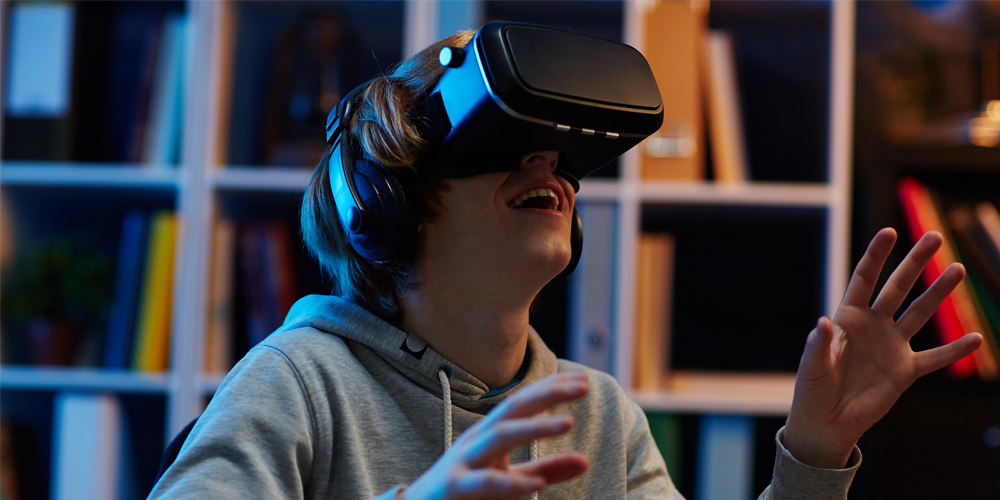Want Your Business ‘Pokémon Go’d?’ Check Out Immersive Technologies.
- February 17, 2018

Do you remember the hilarious scenes of the summer of 2016, with people running around in public spaces, staring at their smartphones, looking for rare Pokémon? Although the Pokémon Go mania has died down, the future for Augmented Reality and Virtual Reality is bright, even for Business-to-Business (B2B) applications. For Service Providers looking for a lucrative niche, here’s a great opportunity.
According to IDC, worldwide revenues for the augmented reality and virtual reality (AR/VR) market will reach almost USD 14bn this year, an increase of 130% over 2016. AR/VR spending is expected to accelerate over the next few years, says IDC, achieving a compound annual growth rate of 198% between 2015 and 2020, when the market will total USD 143bn. Over 40% of AR/VR spending this year was found in the consumer space, but applications in discrete manufacturing, retail, process manufacturing and personal and consumer services are set to take up a larger portion. Gartner too believes in the future of ‘immersive technologies’ in the B2B working space: “Enterprise architecture (EA) and technology innovation leaders should consider integrating AR and VR to improve customer and employee interactions and business performance,” their analysts wrote earlier this year.
Business leaders share this vision on the future of AR/VR: in a survey among participants in Dell EMC’s Transformation Conference in the Netherlands last June, 85% of them firmly believed that AR will be incorporated in all cars by 2030.
While it goes without saying that AR/VR is just one of the many shining stars in the sky of emerging technologies, it is also clear that this is a potentially lucrative niche for technology- and service providers. The possibilities are endless. To name just a few:
Simulation has been around for a long time already, just think of pilots training to fly new airplanes. Over time, equipment will continue to go down in price, giving more companies access to these emerging technologies. In the meantime, both marketing- and technology service providers are setting up ‘VR-as-a-Service’, touting cloud platforms that allow companies to get experience on immersive technologies without having to invest in infrastructure themselves. This is definitely an area where our partner ecosystem can shine.
Another opportunity this market holds is for service providers offering ‛Data-Lakes-as-a-Service’: immersive technologies both use and generate huge amounts of data in different formats and from different sources. Being able to address, process and update data quickly can only enhance the immersive experience.
From a hardware point of view too, there is a fast-emerging market: workstations for the creative workers, servers that allow fast processing of data and scale-out storage to keep all the data in a safe environment. On the infrastructure side too, there are sales possibilities: AR/VR will boost the adoption of Edge Computing, since latency is the worst enemy of VR apps. That will provide Telco operators with a new very compelling competitive advantage in the arms race of the Digital Revolution.
Not every industry will benefit from AR/VR immediately, although the examples above show that there is a wealth of applications already. For Service Providers, there’s a great opportunity to diversify and differentiate themselves from the competition. Analysts predict enormous growth for the coming years. In the B2B market, AR/VR is definitely guaranteed a longer life than last summer’s hype on ‛Pokémon Go’ alone.